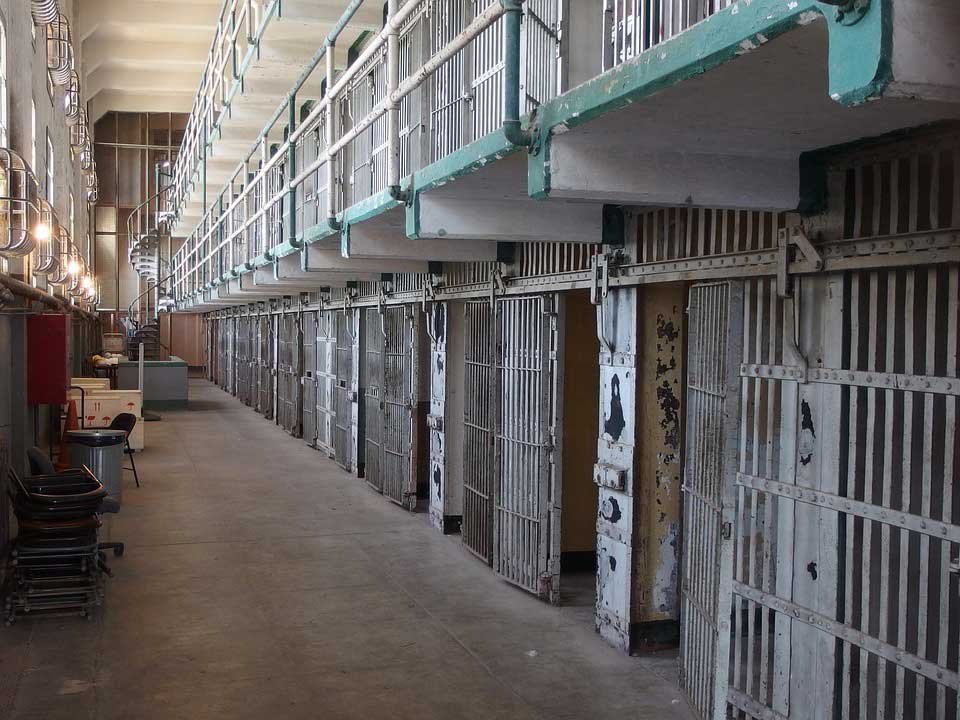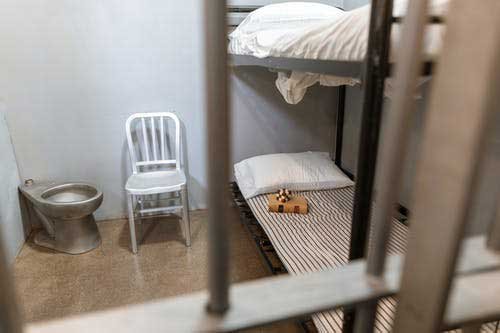According to a U.S. government estimate, nearly seven out of ten foreign prisoners in U.S. jails are Mexicans.

The number of foreigners imprisoned in local prisons has increased by 35%. According to the G.A.O., Mexican nationals account for 68 percent of the 55,000 foreigners in U.S. prisons.
Now the biggest question that comes into mind is, What Percent of Prisoners Are Mexican in U.S. Prison? What does this percentage say about the U.S.A.’s jailing authority? Why are most of the prisoners from Mexico?
Foreigners account for more than a quarter of the U.S. prison population. And if we count on the exact country, Mexico would come in the first place.
We know you’ve got a lot of questions regarding this issue and maybe a lot more. Stay with us to know more about their behavior and Mexican authority and stay connected.
Records of Criminal Activity
The majority of the inmates were convicted of immigration violations, followed by drug-related offenses and drug trafficking. According to the G.A.O, foreign convicts are estimated to cost U.S. taxpayers up to $1.6 billion each year.
The cost per capita differs from state to state. The government spends $12,000 per convict in Texas, whereas this figure triples in California.
Experts warn that the number of illegal immigrants in jail in California and other border states could imperil the local prison system.
State-run jails can benefit from a program that allows local governments to recoup a portion of the costs of detaining illegal immigrants.
The State Criminal Alien Assistance Program (SCAAP), which was established in 1994, reimburses a portion of the costs when certain offenders meet certain criteria, such as being imprisoned for a particular number of days. However, these conditions are not frequently satisfied, prompting calls for reform.
What Percent of Prisoners are Mexican?
We know very clearly that Mexico has been one of the top listed countries that are known to be the highest in terms of suffering prison- activities. But it is a matter of great concern or positivity that recently, we can see a change in that rate.
Mexico’s prison population has dropped by a fifth since 2014, as a new criminal justice system has resulted in fewer individuals being imprisoned. Experts claim that cases are breaking apart due to a higher bar for police behavior and evidentiary standards.
According to statistics from the National Security Commission (C.N.S.), the number of prisoners incarcerated has decreased by 19.8% from a high of 258,563 in September 2021, indicating that there are now officially more beds than convicts for the first time in more than 20 years.
Why is this Greater Change?
By giving police more responsibilities and raising the evidence standard that prosecutors must meet to obtain a conviction, the function of the police and prosecutors has been drastically altered.
It also restricts pre-trial custody, putting an end to a system in which people were held without trial for years.
According to the most recent data from the national statistics institute INEGI, 37 percent fewer persons entered state jails in 2016 than the previous year.
The data also suggests that, contrary to political rhetoric, fewer people were released out. For the first time in more than two decades, the country had enough space to house all of the country’s prisoners in 2017.
However, because of their uneven distribution around the country and the presence of federal convicts in state prisons, at least 13 states still have overcrowded prisons.
People would have to be taught about the new system of labor, but state governments were resistant and uninterested.
Conclusion
According to the Department of Homeland Security, approximately 10.8 million of the 25.3 million foreigners living in the United States in 2009 were in the country illegally. There are some additional causes too, but this one is the most considerable.
Anyways, this percentage is seemingly changing and showing us a greater possibility of reformation.





